
Origami is an ancient art form that is believed to have been around for nearly 2000 years, derived from the Japanese tradition of paper-folding. Though they were not the first to experiment with the culture of paper-folding, they were the first to use this technique as a style of art. As you can imagine, it’s had quite a lucrative history and is deeply embedded in Japanese culture. Here are a few interesting things you may not have known about the origins of Origami.
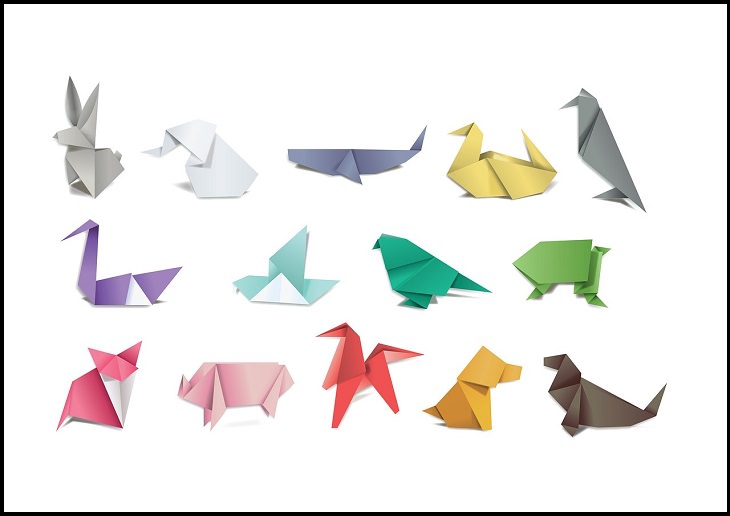
For the initial 1500 years or so of its existence, origami was actually known as orikata, a Japanese word that translates to “Folded Paper”. It was in 1880 that the name of the art form was changed to origami, derived from two Japanese words; oru, meaning to fold, and kami, meaning paper. The reason for the change in this term has been attributed to the easiness of writing the characters for this word, which made it more viable to teach to school children.

Paper was originally created sometime around 100 A.D. While paper is considered a common and cheap commodity now, at the time of its conception, the resources required to create paper were not as easily available. Paper was an expensive and rare commodity, so those engaging in the art of traditional paper folding was usually an art left for the elite rungs of society. Conversely, it was also used by Buddhist Monks for religious purposes. It only later became a practice open to the public.

Speaking of surprising uses, one very important function origami plays is in Japanese Wedding Rituals. Origami Butterflies and other simple designs are often given along with gifts and paper wrapping, but most important is the presentation of 1000 paper cranes.
There are two manners in which this marriage tradition is known to be carried out. The first is the practice of sembazuru, an age-old ritual in which the soon-to-be-wed couple folds the cranes themselves, to be strung up and decorate their wedding hall. Another tradition that used to be followed was the gifting of 1000 cranes to the bride-to-be from her father. These traditions come from the belief that folding of 1000 cranes would grant the holder with one special wish.

The first book ever published about Origami was entitled “Sembazuru Orikata” (Thousand Crane Folding), and was largely about the timeless custom of folding a 1000 paper cranes for traditional weddings. Written by Akisato Rito, the book speaks of the legend behind the wish granted by folding this gargantuan number of cranes.
The most famous book, however, on origami was published by Akira Yoshizawa, also known as the face of origami and the ‘grandmaster’ of origami. Yoshizawa was inspired as a child when a young girl gifted him a paper boat. The book is entitled Atarashi Origami Geijutsu (New Origami Art) and gives an in-depth look at the symbolism behind the art form.
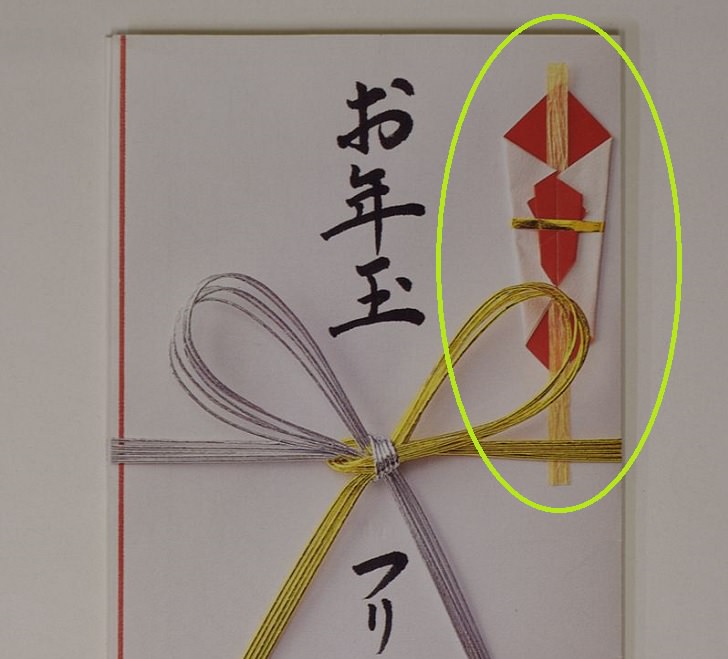
(By Indiana jo, Wikimedia Commons)
As a good luck token for all the future dangers to be faced, Samurais commonly used to present gifts of origami to each other. These gifts were usually a type of ceremonial origami, folded from multiple pieces of paper into intricate shapes and presented along with a strip of dried fish or meat, to signify “good wishes”.
This tradition was originally called “noshi awabi”, and eventually came to be known as simply “noshi”. Over time, the strips of meat or abalone were abandoned and the folded masterpiece itself became the entire gift.
Related Articles:
16 Simple Paper Craft Tutorials

Amazing What You Can Do With Cardboard, Scissors, and Glue
Enjoy the works of Japanese artist Monami Ohno. She is very particular about using only one type of cardboard: recycled Amazon boxes.
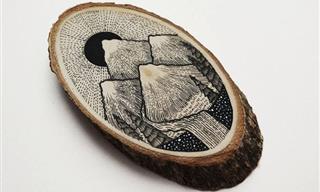
Reality and Fantasy Clash in This Artist's Unique Works
This artist amazes us with her ability to create complete worlds in tiny spaces.
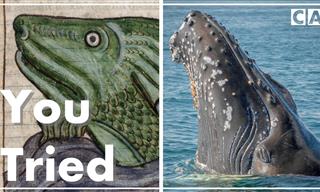 6:46
6:46
The BEST of Hilariously Inaccurate Medieval Animal Art
The way some Medieval artists drew animals was so utterly inaccurate and funny that we keep laughing at them more than 6 centuries later!
 15:48
15:48
The Thinker: Little-Known Facts About the Famous Statue
The Thinker by Auguste Rodin is one of the most famous sculptures in the world. But there's so much we still don't know about it...

Cristian Marianciuc Challenges the Definition of Origami
These intricate paper cranes aren't like any other origami you've seen before.

This Artist Creates Origami that Stun the Eyes!
This origami art by Cristian Marianciuc is unlike anything you've ever seen.
 3:36
3:36
This 3-Tenor Performance is Famous For its Beauty...
Back when these 3 tenors were still with us, they made this amazing gesture to another musical genius.
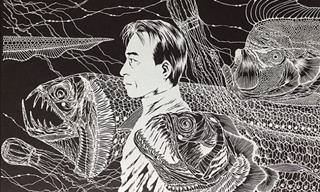
What May Seem Like Ordinary Paper Is Much More to This Man
Take a look at Ken's breathtaking work which features jellyfish, nautilus and flowers:
 5:35
5:35
André Rieu Welcomes Spring With Angelic Music!
A gorgeous musical performance by renowned Dutch musician Andre rieu.
 2:29
2:29
Dancing on One Leg, This Boy is Incredible!
Watch as this boy performs his one-legged dance routine.
 10:49
10:49
This Pianist’s Rendition of Beethoven Should Not Be Missed
Watch as one of today's most talented concert pianists performs Beethoven's beloved concerto no. 1.

Hark Back to Old Paris WIth These Beautiful Paintings
The Paris of yesteryear was an incredibly beautiful place. It still is today, but times were different back then. Take a look at these beautiful old paintings.
 8:16
8:16
From a Simple Drawing Emerges an Artwork of Sublime Beauty
It takes a while for this painting to emerge, but when it does it's amazing. Watch this great video demonstrate how an art piece comes to life.

Artist Proves You're Never Too Old to Follow Your Dreams
Take a look at this incredible art collection of classic cars by Shanon Fannin.
 12:07
12:07
Watch These Acrobats Defy Gravity in an Amazing Circus Act
You’ll be on the edge of your seat watching these talented Russian circus acrobats perform feats on the teeterboard like you've never seen.
 5:59
5:59
The Garden of Earthly Delights Comes to Life in Animation
The Garden of Earthly Delights is a world-famous painting, notable for its surreal imagery.
 3:57
3:57
This Chinese Wushu Mass Performance is Absolutely Awesome
It's Spring festival 2019, and in China they are doing an incredible Wushu Shaolin performance.

Remember This Song by Whitney Houston? Sing Along Here
Sing along to Whitney Houston's well known song, One Moment in Time.

Spectacular! What an Innovative Form of Art This Is
Have you ever seen sculptures, brooches and decorations like this before? Check out this stunning art!

Gosh, These Artful Sculptures are Quite Brilliant
Discover some of the most creative and innovative street statues from around the world.

This Artist Gives Broken Vessels a Unique Twist
Artist Glen Taylor gives new life to broken ceramics by mending them with wires, scissors, and found objects. See his best works here.
 10:05
10:05
Have You Ever Seen a Card Trick as Good as THIS One?
This magician's card tricks will leave you wondering how he managed to pull them off.

Bette Midler’s Beautiful Song in a Stunning Presentation...
This song talks about the power of love in healing, empowering and reviving if you only believe that it still exists.

Wow! Who Knew Wood and Resin Could Make Great Jewelry?
In 2015, Miha Debeljak decided to take up woodwork as a hobby to create some stunning jewelry. Check out some of her artworks here!
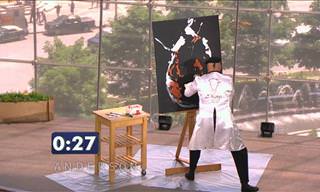 3:08
3:08
In Under 2 Minutes, This Artist Will Blow You Away!
This amazing painter is going to astound you, just give him 90 seconds...

Want to Paint? Here's a Complete Guide For Taking it Up!
Ever wanted to take up painting as a hobby, but had no clue where to begin? This complete guide to painting and drawing will answer all your questions.

These Paintings of Tigers are Gorgeous and Majestic
Tiger paintings have been a prominent subject in art history, spanning centuries and cultures. Here are some of history's best tiger art.
 3:16
3:16
This Version of Hallelujah is So Serene and Special
Violin prodigy Karolina Protsenko and the talented saxophonist Daniele Vitale joined forces, in this incredible duet of Leonard Cohen’s classic ‘Hallelujah'
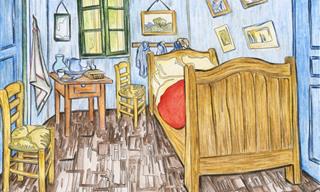
The Story of the Woman Behind Vincent van Gogh
Little is said about the woman behind Vincent van Gogh, but he was not always alone...

Astonishing! Animals Through the Eyes of Human Creativity
This collection of breathtaking artworks will capture your attention like no other, as it's all about our best friends forever - animals.
 10:12
10:12
More Harm Than Good: The Worst Art Restoration Attempts
This video is about to show you the very amusing (to us) and worst art restoration attempts in history.
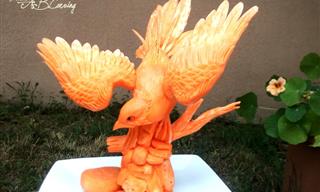
You’ve Never Seen Jack-o-Lanterns as Beautiful as These!
Check out these majestic Halloween pumpkins!
 3:29
3:29
When These Kids Pick Up Guitars Something Amazing Happens
These young North Korean children play like professionals, how is it even possible?
 4:14
4:14
These Aren't Just Kids, They Are Incredible Dancers
These two kids are too young to be this good, aren't they??
 7:42
7:42
This Guitarist Plays Some Great Songs From 1680 to 2017
This video will take you through the evolution of music, featuring songs from 1680 to 2017.

This Incredible Art Is Not Painted on an Ordinary Canvas
This art is not painted on an ordinary canvas. Take a look.
 2:48
2:48
This Interpretative Dance Made Me Scream With Laughter!
Watch David Armand ridiculously mime Queen's 'Don't Stop Me Now,' while a couple of audience members try to guess the song. Hilarious!
 2:21
2:21
Watch Dolly Parton Sing Jolene in A Capella!
When Dolly Parton joined modern a cappella group, The Pentatonix, for a sing song, they recorded this lovely version of the classic ballad, Jolene.
 3:06
3:06
A Sublime Musical Courtship that is Both Funny and Beautiful
A delightful rendition of Salsa De La Luna as a romantic interaction between two violins.
 5:57
5:57
André Rieu Plays Rigoletto, Delivers Us to Musical Heaven
André Rieu once again gives classic songs the true honor and beauty they deserve.
 6:18
6:18
These Human Voices Alone Resurrect a Totemic Rock Classic
Toto's Africa is one of my favorite songs. So I was thrilled to hear this stunning a cappella version ...
 3:32
3:32
Let 'The Sugar Plum Fairy Dance' Excite Your Xmas Spirit!
What poise ballerina Nina Kaptsova displays in this gorgeous performance of Tchaikovsky's most Christmassy dance!
 2:50
2:50
This Miniature String Quartet Know How to Spring Surprises
This string quartet called 'Joyous String Quartet' are the most talented musicians of their age I've seen so far!
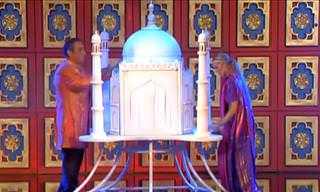 5:49
5:49
Now This is One Magic Trick You HAVE to See. Wow!
Watch this terrific and magical performance by world-renowned magician and illusonist, Dani Lary!
 4:20
4:20
Behold the Card Trick Master!
It's always great to see someone who is a real master in what he does.
 10:28
10:28
The Agile Riverdance of Michael Flately!
When it comes to huge performances of riverdance, no one can hold a candle to Michael Flately!

This John Lennon Song Reminds Me it's Good to Be Older
This beautiful presentation takes us through the annals of "Borrowed Time" - a great and meaningful song by John Lennon.


